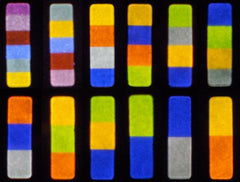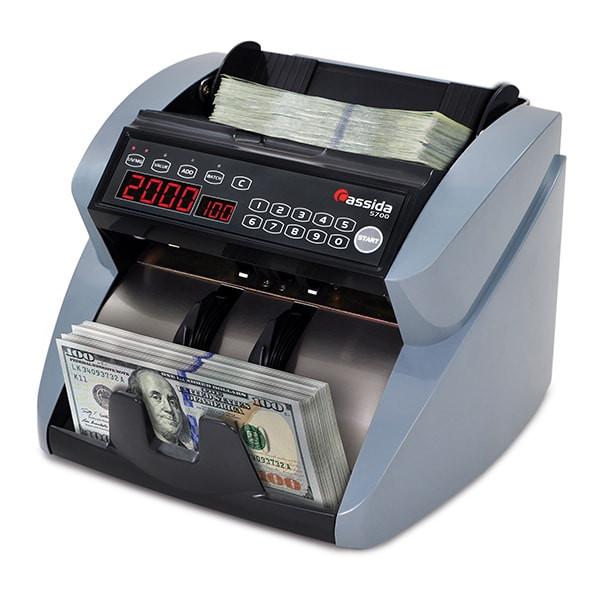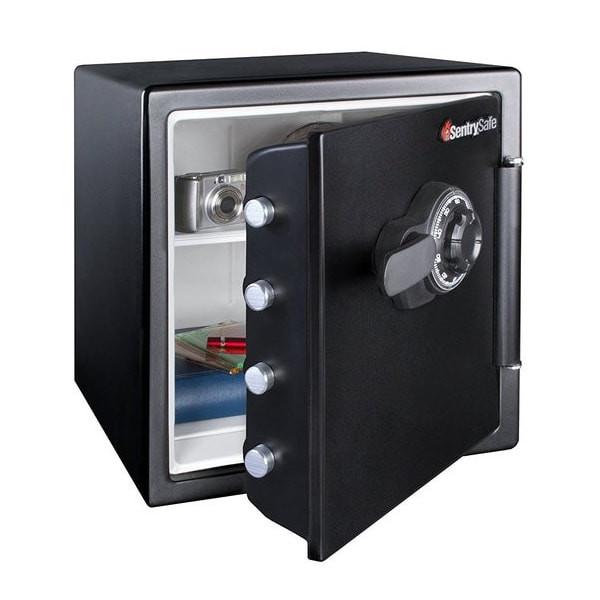Innovations in Anti-Counterfeit Strategies

Color-coded microparticles have been developed by scientists to be barcodes that are only visible when in the presence near-infrared light. These microparticles developed by scientists are useful for anti-counterfeiting features, medical tests, as well as many other applications.
To be used against counterfeiting, these color-coded microparticles are embedded in anything from currency and credit cards to industrial packaging. What makes this new innovation so technologically advanced is that the microparticles are invisible to the naked eye, making this an excellent device for catching anyone involved in making counterfeit money. When the particles are exposed to infrared light, the color coded bands are revealed. The tiny color coded bands can only be revealed and seen under a microscope. With an error rate of less than one in a billion, this new innovation is the perfect device for anti-counterfeiting.
The geniuses behind this new feature are Paul Bisso, a graduate student from MIT and Patrick Doyle, a chemical engineer. The original idea behind the design was to create better tags for identifying bio molecules in lab samples. Instead of putting the design to the original plan, it was quickly realized that the bar-coded microparticles could be used for other application such as anti-counterfeit or quality control.
The brand new feature includes micro-tagging kits that can be used to measure multiple proteins or nucleic acids in biological fluids. The micro-tagging kit offers thousands of unique codes that are each represented by a different color. It is fascinating and unthinkable to understand that one microparticle can encode up to a million codes that only use six stripes with ten possible colors. In just one mircroparticle, hundreds of thousands individual codes are combined.
The stripes get their unique colors from inorganic nanocrystals that are combined with rare-earth elements such as gadolinium, ytterbium, or even erbium. By using these elements, scientists can change the way the nanocrystals respond to light. The result of this are visible light of different colors. Scientists, with these nancrystals have created ten different colors and even more are on the way.
The new inks that are arranged into stripe patterns that are then hit with a flash of UV light. This results in easily embedded color-coded microparticles that can then be easily placed in credit cards or any forms of currency.
The intention of this new technology is to be used for commercial purposes. The color-coded microparticle making machine is only the size of a laptop so location is not a problems when manufacturing this product. The price of this machine is also inexpensive being the cost of a laptop. Not only is this machine affordable but it is also efficient. The machine takes only 100 milliseconds to produce the microparticles. On an industrial scale, this new technology is ideal based upon the speed, quality, and ability to mass produce the product. Within only an hour, a factory can produce hundreds of millions of microparticles.
The next step in the new innovation is to make LED attachments that will allow smartphones to be able to read the codes. Another goal for the mass production of color-coded microparticles is the ability to guard against knock-off drugs in the pharmaceutical business. The main goal of this anti-counterfeit feature is to erase all the counterfeit products in the world whether is be types of currency or industrial products. With the success of this new invention, this could become quite possible in the next few years to come.
Until that time we still have excellent resources for combating counterfeit currency so you can protect your business.




Leave a comment